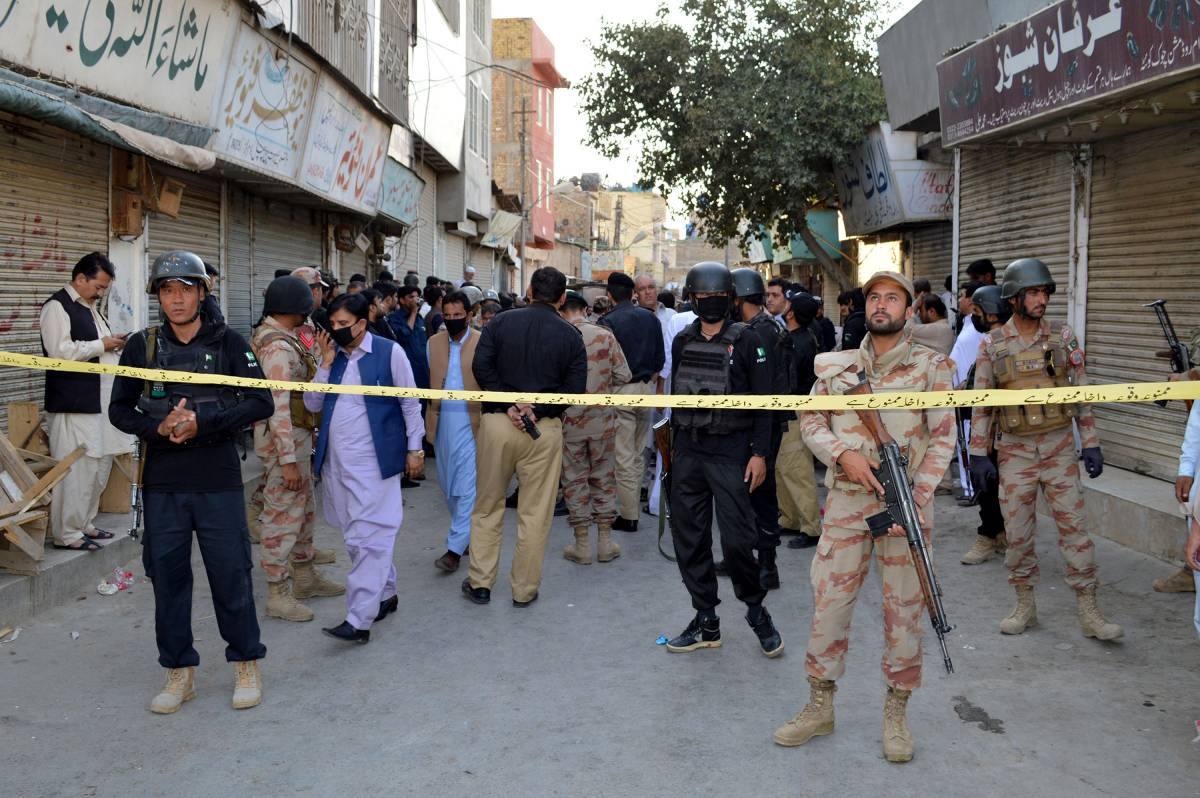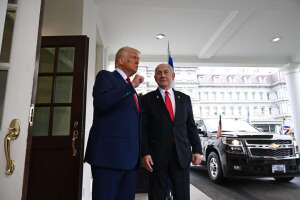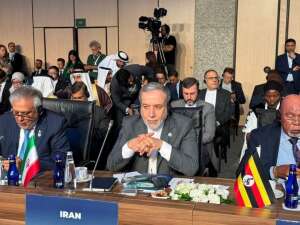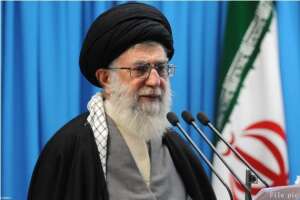The move comes as Pakistan seeks to “get at the source of the problem” by evicting the Afghans living on its soil, many of them for decades. However, it is misplaced and partial at best, even a ruse. The ‘jihad’ that brought the Afghan refugees into Pakistan in the 1980s was Pakistan’s project at the American instance and was funded by Saudi Arabia. Afghans who benefited and suffered, both, were the collaterals of the larger project that benefitted Pakistan and also ‘Islamised’ its society …writes Dr Sakariya Kareem
Does Pakistan require three million youths with only religious education that allows no modern-day learning and no prospects for employment? Trained in 35,000 madrassas, they are ready fodder for militancy and violence that fed the ‘jihad’ and Al Qaeda in the last century and now feeds the Islamic State (IS).
Dawn newspaper asked this question as rising violence by Islamist militants, highlighted by the September 29 attack on a Shia religious congregation in Balochistan’s Mastung district that killed 55 has forced Pakistan’s caretaker government, already seized with political instability and economic distress, to review the role of the religious seminaries.
On Oct. 27, it announced the Central Development Working Party with a PKR 11.7 billion project for the registration of seminaries and to regulate them by creating a directorate in Islamabad. This yet-again effort at reform comes ostensibly at the army’s behest, considering its Chief, General Asim Munir’s repeated pronouncements against rising extremism that, even as it feeds from the tribal belt along with the neighbouring Afghanistan, has spread across the country. Besides threatening a fragile social fabric, it has also hit the personnel and the prospects of the China-Pakistan Economic Corridor (CPEC), perhaps Pakistan’s only hope of staying afloat.

The move comes as Pakistan seeks to “get at the source of the problem” by evicting the Afghans living on its soil, many of them for decades. However, it is misplaced and partial at best, even a ruse. The ‘jihad’ that brought the Afghan refugees into Pakistan in the 1980s was Pakistan’s project at the American instance and was funded by Saudi Arabia. Afghans who benefited and suffered, both, were the collaterals of the larger project that benefitted Pakistan and also ‘Islamised’ its society.
The review of the seminaries’ role and their reform is accompanied by the same contradictions and complexities which have dogged them in the past and have made them non-starters. No more than 250 at Pakistan’s birth, they fed into the need to make the country Islamist and met the needs of millions of poor who could not afford education.
The seminaries multiplied in the 1980s because of the then army-led Pakistan under Ziaul Haq. Successive governments have no clue on how to bring them into the national mainstream thousands of unemployable youth trained only in religious affairs, many of them used for militancy. Pakistan has used it as a national security issue, especially when General Musharraf needed to impress the US, then engaged in a “war on terrorism”. Under Imran Khan, the government soft-peddled it, seeking social and economic reform.
If the army needed fighters and the political parties needed to consolidate their support base. Each of the ‘madaris’ the huge bodies of madrassas, is built by Islamist political parties and is inevitably, divided into Sunni-Shia lines and within the Sunnis, among the Deobandis, the Barelvis and other dominant sects. It has also exacerbated divisions and the resultant violence with the rise of the Barelvis of the Tehreek-e-Labbaik Pakistan (TLP). On the other hand, the suicide bombing at Mustang was by Sunnis to target the Shias. Also, the volatile Balochistan that is the end-point of the CPEC, has seen Mastung district witnessing a spate of terror incidents linked to the militant IS’s two local affiliates — the Islamic State in Khorasan Province (ISKP) and the Islamic State in Pakistan Province (ISPP).
It is hardly surprising that the Islamist parties, like Maulana Fazlur Rahman’s JUI and the Jamaat-e Islami (JI) are among the principal critics of the army/caretaker government’s move to evict the unregistered Afghan nationals that have formed their support base for nearly five decades.
Islamist militancy is Pakistan’s problem that it must solve by reforming madrassa education. It cannot wish away their impact at home, the best example being the rise of the biggest security threat in the shape of Tehreek[1]e-Taliban Pakistan (TTP).








